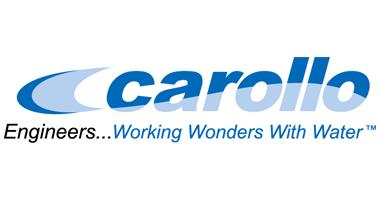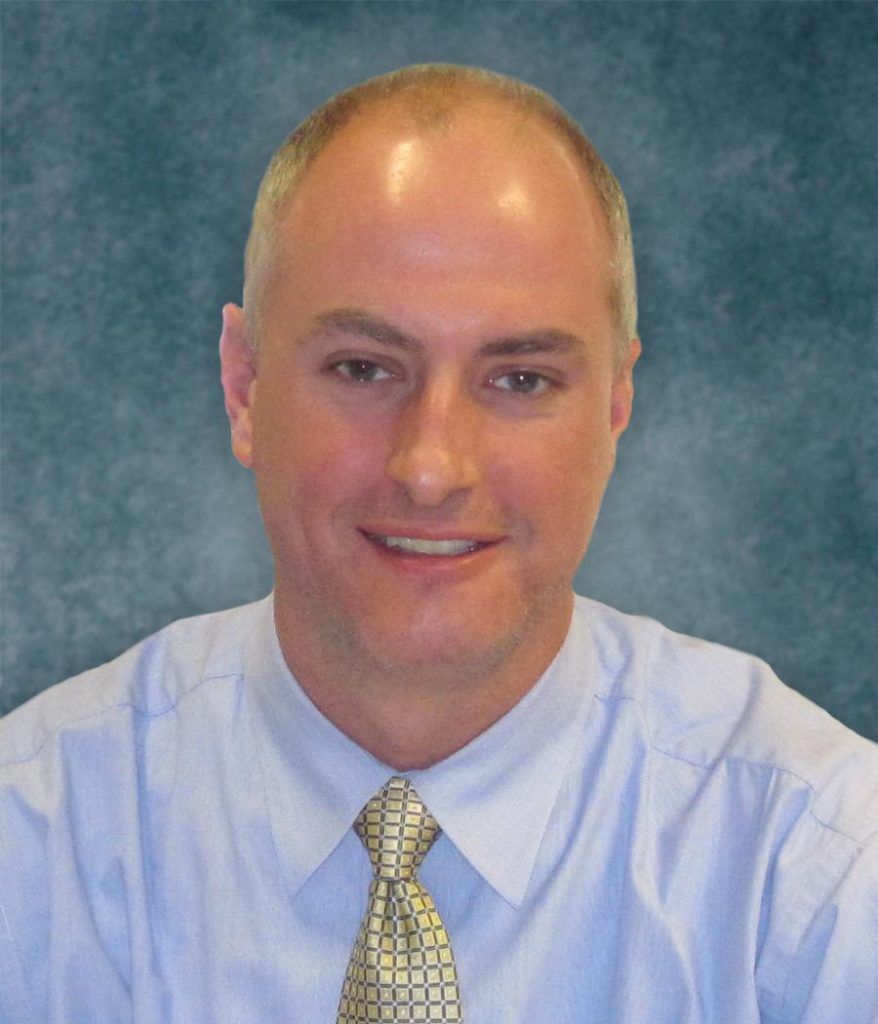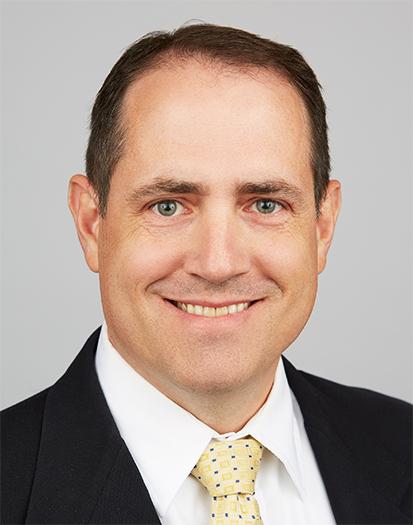Brandon Yallaly, P.E., and Nathan Zaugg, P.E., Carollo Engineers, Inc.

Please join us via Zoom on Thursday, November 11, 2021, beginning at 7:00 PM EST. Register here.
Synopsis
High-tech industries, such as semiconductor manufacturing and data centers, produce waste streams that are both high in volume and complex in composition. These facilities either rely on publicly owned treatment works (POTWs) to receive and process their wastewater or it is treated onsite prior to discharge. However, unless proactively master-planned with these complex wastewaters in mind, these POTWs are often designed to manage more traditional domestic and commercial waste streams, leaving them vulnerable to the impacts of the unique constituents present in high-tech industrial wastewater.
High-tech wastes often consist of combinations of:
· Brine from ultrapure water treatment
· Blowdown from cooling towers that contains disinfectants and proprietary corrosion and scale prevention chemicals
· High COD waste streams
· Plating wastes containing nitrification inhibitors and reactive silica
· Neutralized HF wastes (high in calcium and fluoride)
Treatment of these waste streams at the factory will be dependent upon 1) the amount of stream segregation and 2) the end-use of the treated water. For example, brine from an ultrapure water system that has never been used in the manufacturing process could potentially be recovered for use in primary production, whereas manufacturing wastes may be confined to non-primary uses, such as cooling tower makeup or site-specific reuse (irrigation, greywater systems).
This presentation will discuss state-of-the-art strategies for high-tech industrial wastewater treatment, including biological treatment, dissolved inorganic and organic carbon removal using reverse osmosis (RO), and brine treatment, including zero liquid discharge systems.
Speakers

Brandon Yallaly is a Vice President with Carollo Engineers and has 21 years of experience leading desalination and concentrate minimization projects across a range of industries. He has served as the lead design engineer for membrane facilities from demonstration scale up to 165-mgd in capacity, including surface water, groundwater, and wastewater desalination systems. His recent experience has been exclusively focused on full scale high recovery and brine treatment systems for both municipal and industrial clients, utilizing proprietary and non-proprietary processes for brine minimization, resource recovery, and zero liquid discharge applications. He has implemented facilities using conventional and pelletized chemical softening, ion exchange, membrane filtration, reverse osmosis, proprietary high recovery processes, and thermal distillation.

Nathan Zaugg has served as a project manager and engineer for a variety of water and wastewater projects across the globe. These include work for municipal and industrial. His primary focus is on process engineering of wastewater treatment facilities for industrial clients, including those in the semiconductor space. Mr. Zaugg’s technical expertise is focused on process design for biological facilities. He lives in Utah where he enjoys skiing and boating (at least when there is enough water and snow to make it possible) with his wife and four kids
